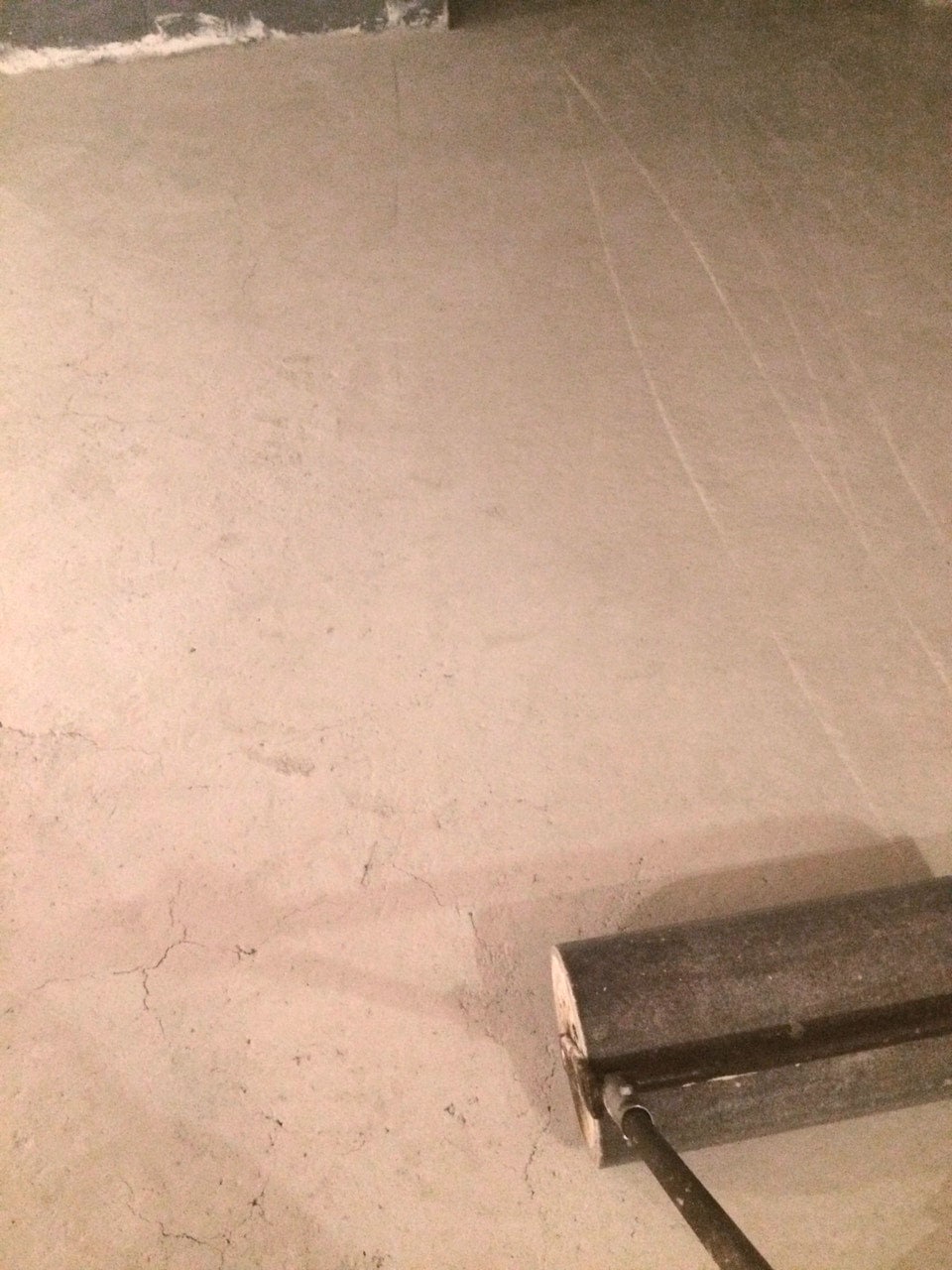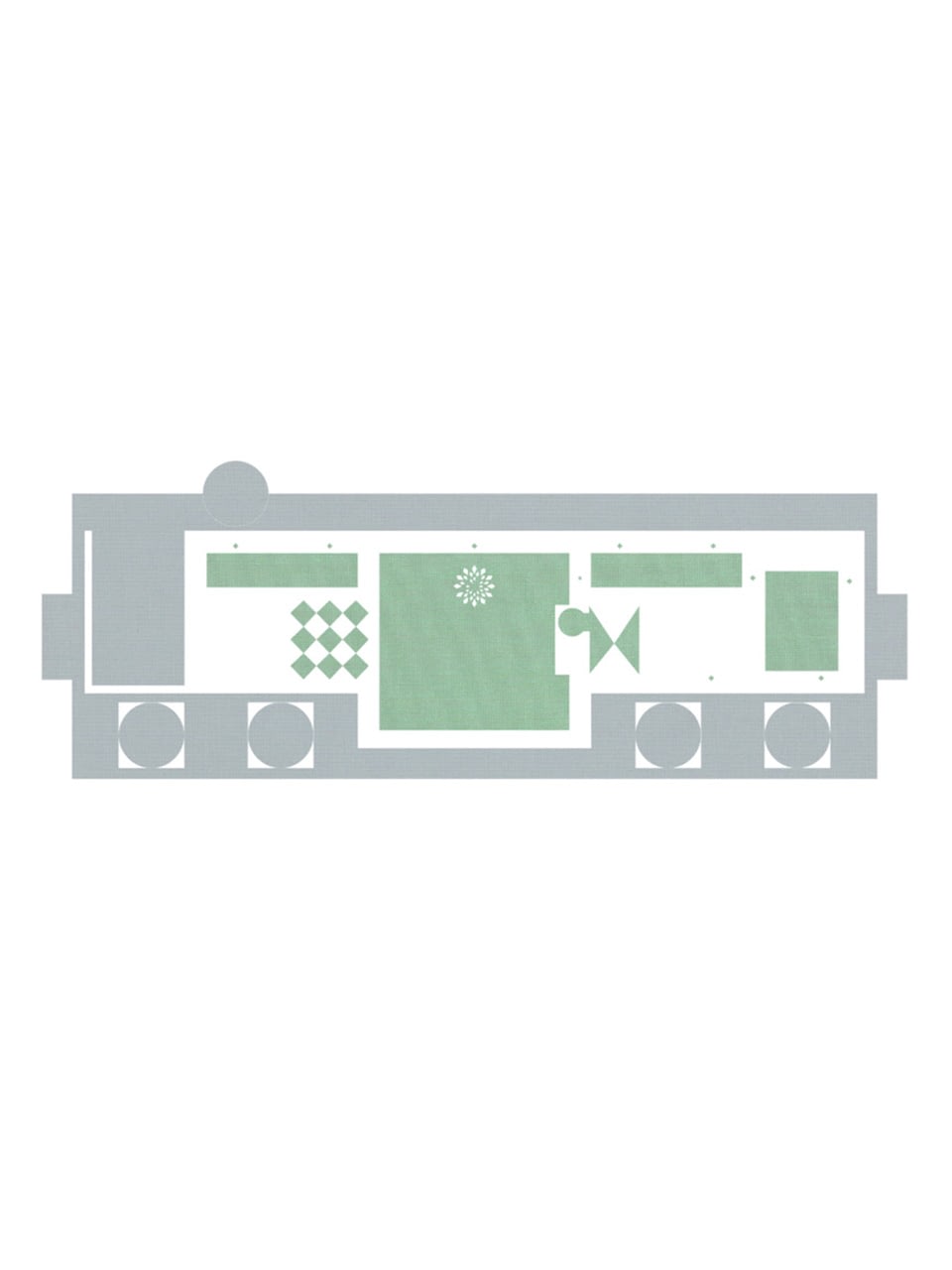Fri 16 Sep
09:10
Meier Unger, Leipzig
Lime Floors
In search of an appropriate floor overlay – as we naively called it at that juncture – for a Stöckli (an outbuilding for retired farmers) we built in Switzerland, we set off on a diametrical journey, away from the ostensible progressiveness of contemporary architectural culture, and towards an almost forgotten manual craft: “The lime floor, siliceous limestone floor, also known as lime mortar.”
This floor type, with its origins in present-day Syria, has been part of occidental culture for over 10,000 years, and was above all known to us personally in its lime-terrazzo variety – even though at this point we did not know that lime was the binding material in the terrazzo and what significance this had for the composition of the floor.
Our critical appraisal of which material would best suit for a floor likewise began with terrazzo. But, the history and the metamorphosis of this material were unclear to us to begin with. We explored its potential using different compositions from stone samples in 1:1 material experiments, only to fail dismally. Whereas we had assumed that we had discovered a pure mineral building material, in fact industrially manufactured terrazzo is mixed with numerous additives. Faced with our set requirements of expressive power, simple composition and easy application, our initial motivation was dampened.
This feeling of apprehension increased all the more when we realised that in the 19th century the original lime in terrazzo had been replaced by cement as a binding agent. The is led to a greater solidity and shorter drying periods, but at the same time this robbed the material of physical building advantages like moisture control, elasticity or standing with warm feet on a stone floor.
We refused to accept this as a fact and were very lucky to get to know a craftsman who introduced us to the almost forgotten knowledge and manual techniques required, and who kept a watchful eye on us through the whole building process. He himself, a trained stonemason from Twann in Switzerland, had found his tools and studied the techniques in Italy and brought his expertise with him to Switzerland.
What the building-owner’s family finally realised with this guidance was a 12-cm-thick lime-mortar floor made of a mixture of round gravel, grit and quicklime. Brought in “hand-moist” in wheelbarrows, it was applied outwards to reach the wooden walls without any joints or sealing strips, and then condensed in a series of work steps. Finally lime muds mixed with various different natural pigments were applied by trowel, thus giving the painting that perfected the uniqueness of this craft skill and its beauty. The fact that the floor is not laid out slabs, is not poured, but instead is itself a painted, independent architectural element, not a simple surface, is something that fascinates us.
The work outlay and the time needed to create such a floor are enormous, and in this case could only be realised thanks to local circumstances and the trust given by the building-owner’s family. Nonetheless, we still see a potential, if given a helping hand, that floors like these could undergo a renaissance. Not only because of their beauty but also due to their physical building advantages: an elasticity, also on vibrating substructures; the jointless application of the raw mixture; the ability to regulate water from adjacent building elements; the possibility to recycle the demolition material; and the hygienic benefits, which due to its alkaline pH-value make it resistant to fungal infestation – all of which can be vital in the reactivation of existing building stock. The lime floor deserves to be architecturally revitalised, meaning that its constructional and aesthetic potential therefore needs to be correspondingly examined and exploited.

© MeierUnger

© MeierUnger
Jan Meier
Jan Meier is an architect and co-founder of MeierUnger Architekten based in Leipzig. He studied architecture at the Bauhaus-Universität Weimar from 2000 until 2007. He worked for Bearth & Deplazes Architekten in Chur and as Research Assistant at the Chair for Architecture and Construction, Prof. Andrea Deplazes, ETH Zurich.
Lena Unger
Lena Unger is an architect and co-founder of MeierUnger Architekten based in Leipzig. She studied architecture at the Bauhaus-Universität Weimar from 2006 until 2010 and at the ETH Zurich from 2010 until 2012. She worked for Conen Sigl Architekten in Zurich and as Research Assistant at the Chair for Design and Housing for Prof. Dr. Elli Mosayebi and Prof. Johannes Ernst, TU Darmstadt. Currently she holds a visiting Professorship at TU Kaiserslautern for Design and City Planning.